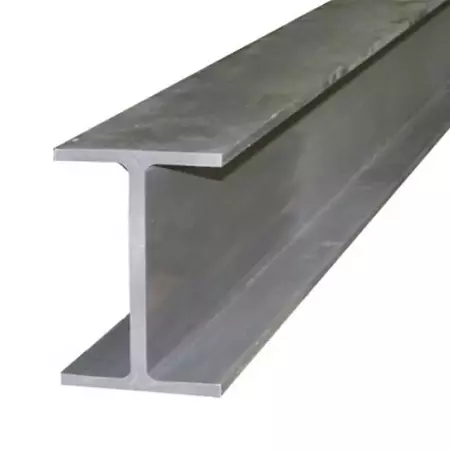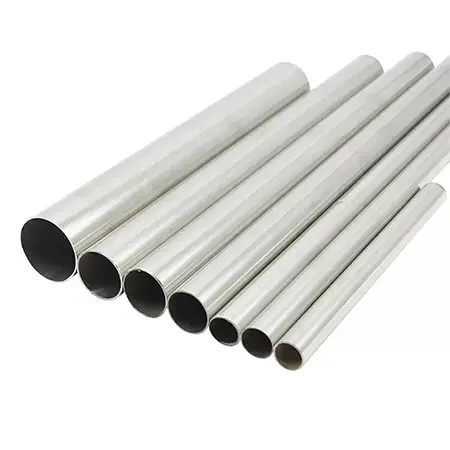Stainless steel strip refers to a flat rolled product that is extremely thin in thickness and is produced to a broad variety of widths. It is made predominantly from a chromium-iron alloy, which imparts the steel with its renowned resistance to corrosion and heat.
Product Specification and Steel Grade
| ASTM | JIS | AISI | EN | Mill's Standard | |
| Grade |
S30100 S30400 S30403 S31008 S31603 S32100 S41008 S43000 S43932 S44400 S44500 |
SUS301 SUS304 - SUS310S - SUS321 SUS410S SUS430 - SUS444 SUS430J1L |
301 304 304L 310S 316L 321 410S 430 - 444 - |
1.4310 1.4301 1.4307 1.4845 1.4404 1.4541 - 1.4016 1.4510 1.4521 - |
201 202 204Cu3 |
Other specifications are also available up to request
Hot Rolled Strip Available Size
Width: 16.0~609.6 mm
Thickness: 2.5~10.0 mm
Available Steel Grade: 304. 304L, 316L
Surface Finish: No.1
Cold Rolled Strip Available Size
Width: 4.0~609.6 mm
Thickness: 0.1~3.0 mm
Available Steel Grade: 201. 202. 204 Cu3. 301. 304. 304L, 310S, 316L, 321. 409L, 410S, 420J2. 430. 439. 441. 444. 445
Surface Finish: 2B, 2D, BA, No.3. No.4. No.5. SB, HL
Composition:
The precise composition of stainless steel strip can vary depending on the specific grade and desired properties. In general, stainless steel’s composition includes:
Iron as the main component
Chromium, ranging from 10.5% to 30% by weight, which provides corrosion resistance
Nickel, which can be added to enhance formability and corrosion resistance
Molybdenum may be added to some grades for increased corrosion resistance
Additional elements such as manganese, silicon, carbon, and nitrogen to achieve various properties
Characteristics:
Corrosion Resistance: Chromium forms a passive layer of chromium oxide on the surface that prevents further surface corrosion and blocks corrosion from spreading into the metal's internal structure.
Strength: Various processing methods (like cold rolling) can increase its strength, making it suitable for a wide assortment of applications.
Heat Resistance: High chromium and nickel grades offer high-temperature oxidation resistance.
Aesthetic Appeal: It has a sleek appearance and is often used in applications where both strength and aesthetics are important.
Hygienic: Non-porous and easy to clean, making it an ideal choice for food processing and medical applications.
Recyclable: Stainless steel is 100% recyclable, thus reducing environmental impact.
Use:
Stainless steel strip is used in various applications owing to its adaptability. Typical uses include:
Automotive parts such as exhaust systems
Construction materials for cladding, roofing, and structural sections
Decorative trims and architectural uses
Cutlery, kitchenware, and appliances
Springs, surgical instruments, and other precision parts
Electronic components
Considering its adaptability across a wide assortment of environments along with its excellent mechanical properties, stainless steel strip has become an indispensable material in modern manufacturing and construction.




